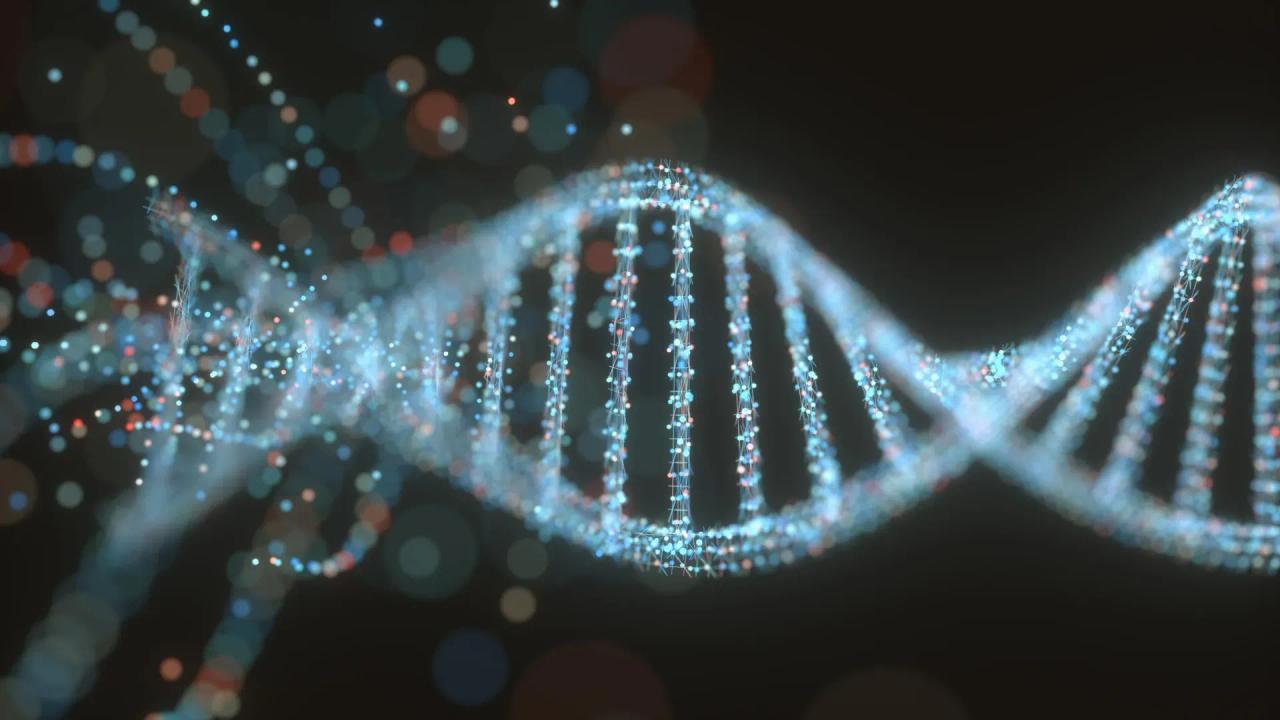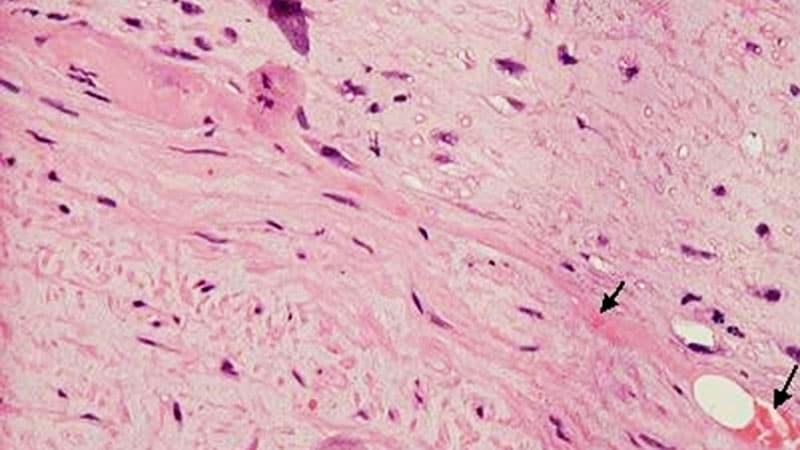Revolutionary AI System InfEHR Transforms Medical Diagnosis Through Advanced Pattern Recognition
2 Sources
2 Sources
[1]
New AI system connects hidden clues in medical records to transform diagnosis
Mount Sinai Health SystemOct 15 2025 Doctors often must make critical decisions in minutes, relying on incomplete information. While electronic health records contain vast amounts of patient data, much of it remains difficult to interpret quickly-especially for patients with rare diseases or unusual symptoms. Now, researchers at the Icahn School of Medicine at Mount Sinai and collaborators have developed an artificial intelligence system, called InfEHR, that links unconnected medical events over time, creating a diagnostic web that reveals hidden patterns. Published in the September 26 online issue of Nature Communications, the study shows that Inference on Electronic Health Records (InfEHR) transforms millions of scattered data points into actionable, patient-specific diagnostic insights. We were intrigued by how often the system rediscovered patterns that clinicians suspected but couldn't act on because the evidence wasn't fully established.By quantifying those intuitions, InfEHR gives us a way to validate what was previously just a hunch and opens the door to entirely new discoveries." Girish N. Nadkarni, MD, MPH, senior corresponding author, Chair of the Windreich Department of Artificial Intelligence and Human Health, Director of the Hasso Plattner Institute for Digital Health, the Irene and Dr. Arthur M. Fishberg Professor of Medicine at the Icahn School of Medicine at Mount Sinai, and the Chief AI Officer of the Mount Sinai Health System Most medical artificial intelligence (AI), no matter how advanced, applies the same diagnostic process to every patient. InfEHR works differently by tailoring its analysis to each individual. The system builds a network from a patient's specific medical events and their connections over time, allowing it to not only provide personalized answers but also to ask personalized questions. By adapting both what it looks for and how it looks, InfEHR brings personalized diagnostics within reach, the investigators say. In the study, InfEHR analyzed deidentified, privacy-protected electronic records from two hospital systems (Mount Sinai in New York and UC Irvine in California). The investigators turned each patient's medical timeline-visits, lab tests, medications, vital signs-into a network that showed how events connected over time. The AI studied many of these networks to learn which combinations of clues tend to appear when a hidden condition is present. With a small set of doctor-confirmed examples to calibrate it, the system checked whether it could correctly flag two real-world problems: newborns who develop sepsis despite negative blood cultures and patients who develop a kidney injury after surgery. Its performance in identifying patients with the diagnosis was compared with current clinical rules and validated across both hospitals. Notably, the system could also signal when the record lacked sufficient information, allowing it to respond "not sure" as a safety feature. The study found that InfEHR can detect disease patterns that are invisible when examining isolated data. For neonatal sepsis without positive blood cultures-a rare, life-threatening condition-InfEHR was 12-16 times more likely to identify affected infants than current methods. For postoperative kidney injury, the system flagged at-risk patients 4-7 times more effectively. Importantly, InfEHR achieved this without needing large amounts of training data, learning directly from patient records and adapting across hospitals and populations. "Traditional AI asks, 'Does this patient resemble others with the disease?' InfEHR takes a different approach: 'Could this patient's unique medical trajectory result from an underlying disease process?' It's the difference between simply matching patterns and uncovering causation," says lead author Justin Kauffman, MS, Senior Data Scientist at the Windreich Department of Artificial Intelligence and Human Health at the Icahn School of Medicine. Importantly, in addition, InfEHR flags how confident it is in its predictions. Unlike other AI that may give a wrong answer with certainty, InfEHR knows when to say, 'I don't know'-a key safety feature for real-world clinical use, say the investigators. The team is making the coding of InfEHR available to other researchers as it continues to study uses of the system. For example, the team will next explore how InfEHR could personalize treatment decisions by learning from clinical trial data and extending those insights to patients whose specific characteristics or symptoms were not fully represented in the original trials. "Clinical trials often focus on specific populations, while doctors care for every patient," Mr. Kauffman says. "Our probabilistic approach helps bridge that gap, making it easier for clinicians to see which research findings truly apply to the patient in front of them." The paper is titled "InfEHR: Clinical phenotype resolution through deep geometric learning on electronic health records." The study's authors, as listed in the journal, are Justin Kauffman, Emma Holmes, Akhil Vaid, Alexander W. Charney, Patricia Kovatch, Joshua Lampert, Ankit Sakhuja, Marinka Zitnik, Benjamin S. Glicksberg, Ira Hofer, and Girish N. Nadkarni. This work was supported in part by the National Institutes of Health grant UL1TR004419, and the Clinical and Translational Science Awards grant UL1TR004419 from the National Center for Advancing Translational Sciences. Research reported in this publication was also supported by the Office of Research Infrastructure of the National Institutes of Health under awards S10OD026880 and S10OD030463. Mount Sinai Health System Journal reference: Kauffman, J., et al. (2025). InfEHR: Clinical phenotype resolution through deep geometric learning on electronic health records. Nature Communications. doi.org/10.1038/s41467-025-63366-6
[2]
AI system finds crucial clues for diagnoses in electronic health records
Doctors often must make critical decisions in minutes, relying on incomplete information. While electronic health records contain vast amounts of patient data, much of it remains difficult to interpret quickly -- especially for patients with rare diseases or unusual symptoms. Now, researchers at the Icahn School of Medicine at Mount Sinai and collaborators have developed an artificial intelligence system, called InfEHR, that links unconnected medical events over time, creating a diagnostic web that reveals hidden patterns. Published in the September 26 online issue of Nature Communications, the study shows that Inference on Electronic Health Records (InfEHR) transforms millions of scattered data points into actionable, patient-specific diagnostic insights. "We were intrigued by how often the system rediscovered patterns that clinicians suspected but couldn't act on because the evidence wasn't fully established," says senior corresponding author Girish N. Nadkarni, MD, MPH, Chair of the Windreich Department of Artificial Intelligence and Human Health, Director of the Hasso Plattner Institute for Digital Health, the Irene and Dr. Arthur M. Fishberg Professor of Medicine at the Icahn School of Medicine at Mount Sinai, and the Chief AI Officer of the Mount Sinai Health System. "By quantifying those intuitions, InfEHR gives us a way to validate what was previously just a hunch and opens the door to entirely new discoveries." Most medical artificial intelligence (AI), no matter how advanced, applies the same diagnostic process to every patient. InfEHR works differently by tailoring its analysis to each individual. The system builds a network from a patient's specific medical events and their connections over time, allowing it to not only provide personalized answers but also to ask personalized questions. By adapting both what it looks for and how it looks, InfEHR brings personalized diagnostics within reach, the investigators say. In the study, InfEHR analyzed deidentified, privacy-protected electronic records from two hospital systems (Mount Sinai in New York and UC Irvine in California). The investigators turned each patient's medical timeline -- visits, lab tests, medications, vital signs -- into a network that showed how events connected over time. The AI studied many of these networks to learn which combinations of clues tend to appear when a hidden condition is present. With a small set of doctor-confirmed examples to calibrate it, the system checked whether it could correctly flag two real-world problems: newborns who develop sepsis despite negative blood cultures and patients who develop a kidney injury after surgery. Its performance in identifying patients with the diagnosis was compared with current clinical rules and validated across both hospitals. Notably, the system could also signal when the record lacked sufficient information, allowing it to respond "not sure" as a safety feature. The study found that InfEHR can detect disease patterns that are invisible when examining isolated data. For neonatal sepsis without positive blood cultures -- a rare, life-threatening condition -- InfEHR was 12-16 times more likely to identify affected infants than current methods. For postoperative kidney injury, the system flagged at-risk patients 4-7 times more effectively. Importantly, InfEHR achieved this without needing large amounts of training data, learning directly from patient records and adapting across hospitals and populations. "Traditional AI asks, 'Does this patient resemble others with the disease?' InfEHR takes a different approach: 'Could this patient's unique medical trajectory result from an underlying disease process?' It's the difference between simply matching patterns and uncovering causation," says lead author Justin Kauffman, MS, Senior Data Scientist at the Windreich Department of Artificial Intelligence and Human Health at the Icahn School of Medicine. Importantly, in addition, InfEHR flags how confident it is in its predictions. Unlike other AI that may give a wrong answer with certainty, InfEHR knows when to say, "I don't know" -- a key safety feature for real-world clinical use, say the investigators. The team is making the coding of InfEHR available to other researchers as it continues to study uses of the system. For example, the team will next explore how InfEHR could personalize treatment decisions by learning from clinical trial data and extending those insights to patients whose specific characteristics or symptoms were not fully represented in the original trials. "Clinical trials often focus on specific populations, while doctors care for every patient," Kauffman says. "Our probabilistic approach helps bridge that gap, making it easier for clinicians to see which research findings truly apply to the patient in front of them." The paper is titled "InfEHR: Clinical phenotype resolution through deep geometric learning on electronic health records." The study's authors, as listed in the journal, are Justin Kauffman, Emma Holmes, Akhil Vaid, Alexander W. Charney, Patricia Kovatch, Joshua Lampert, Ankit Sakhuja, Marinka Zitnik, Benjamin S. Glicksberg, Ira Hofer, and Girish N. Nadkarni.
Share
Share
Copy Link
Researchers at Mount Sinai develop InfEHR, an AI system that analyzes electronic health records to uncover hidden diagnostic patterns. The system shows promising results in detecting rare conditions and improving patient care.

Breakthrough in AI-Powered Medical Diagnosis
Researchers at the Icahn School of Medicine at Mount Sinai have developed a groundbreaking artificial intelligence system called InfEHR (Inference on Electronic Health Records) that promises to transform medical diagnosis. This innovative AI tool connects seemingly unrelated medical events over time, creating a diagnostic web that reveals hidden patterns in patient data
1
.How InfEHR Works
Unlike traditional AI systems that apply the same diagnostic process to every patient, InfEHR tailors its analysis to each individual. The system builds a network from a patient's specific medical events and their connections over time, allowing it to provide personalized answers and ask personalized questions
2
.Dr. Girish N. Nadkarni, senior corresponding author and Chair of the Windreich Department of Artificial Intelligence and Human Health at Mount Sinai, explains, "We were intrigued by how often the system rediscovered patterns that clinicians suspected but couldn't act on because the evidence wasn't fully established"
1
.Impressive Performance in Real-World Scenarios
The study, published in Nature Communications, demonstrated InfEHR's capabilities by analyzing deidentified electronic records from two hospital systems: Mount Sinai in New York and UC Irvine in California. The system was tested on two critical real-world problems:
- Detecting newborns who develop sepsis despite negative blood cultures
- Identifying patients who develop kidney injury after surgery
The results were remarkable:
- For neonatal sepsis without positive blood cultures, InfEHR was 12-16 times more likely to identify affected infants than current methods.
- For postoperative kidney injury, the system flagged at-risk patients 4-7 times more effectively
2
.
Related Stories
Unique Features and Advantages
InfEHR stands out from other AI systems in several ways:
-
Personalized Approach: The system adapts both what it looks for and how it looks, bringing truly personalized diagnostics within reach
1
. -
Causation vs. Correlation: Lead author Justin Kauffman explains, "Traditional AI asks, 'Does this patient resemble others with the disease?' InfEHR takes a different approach: 'Could this patient's unique medical trajectory result from an underlying disease process?'"
2
. -
Safety Features: InfEHR can signal when a record lacks sufficient information, allowing it to respond "not sure" – a crucial safety feature for real-world clinical use
1
. -
Efficient Learning: The system achieves its results without needing large amounts of training data, learning directly from patient records and adapting across hospitals and populations
2
.
Future Implications and Research
The research team is making InfEHR's coding available to other researchers, encouraging further exploration of the system's potential. Future studies will investigate how InfEHR could personalize treatment decisions by learning from clinical trial data and extending insights to patients not fully represented in original trials
1
.This breakthrough in AI-powered medical diagnosis has the potential to significantly improve patient care, especially for those with rare diseases or unusual symptoms, by uncovering hidden patterns and providing clinicians with actionable, patient-specific insights.
References
Summarized by
Navi
[2]
Related Stories
Recent Highlights
1
Google launches Gemini 3 Flash as default AI model, delivering speed with Pro-grade reasoning
Technology

2
OpenAI launches GPT Image 1.5 as AI image generator war with Google intensifies
Technology

3
OpenAI launches ChatGPT app store, opening doors for third-party developers to build AI-powered apps
Technology








